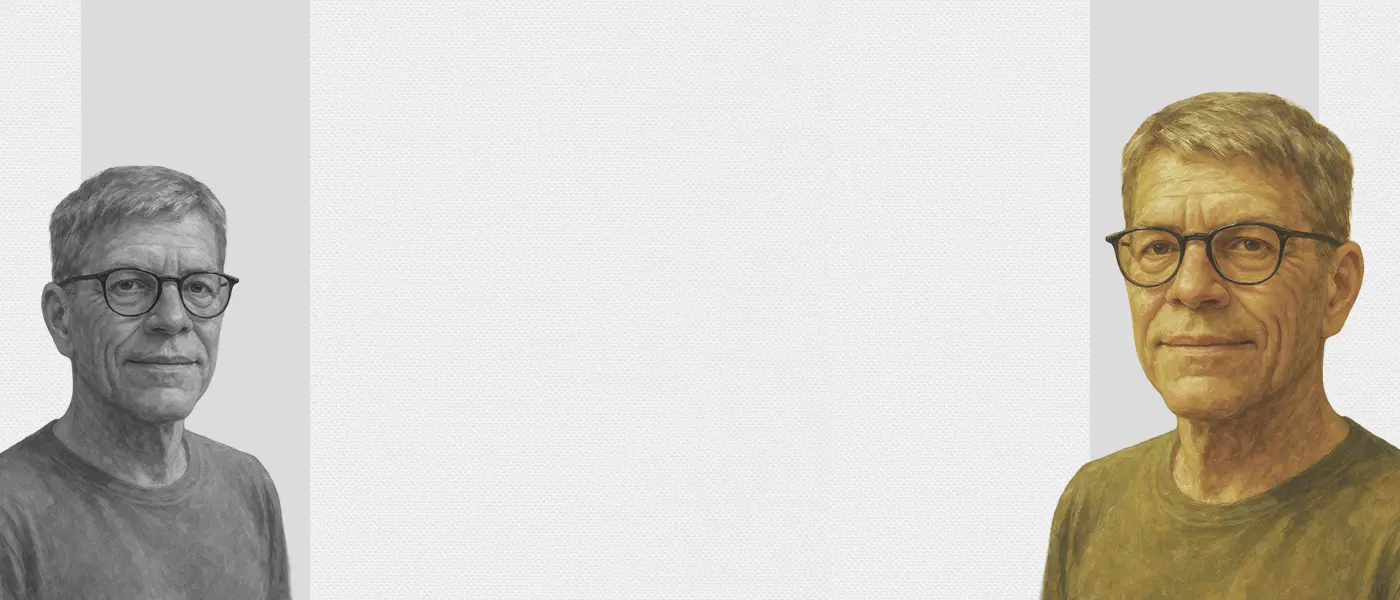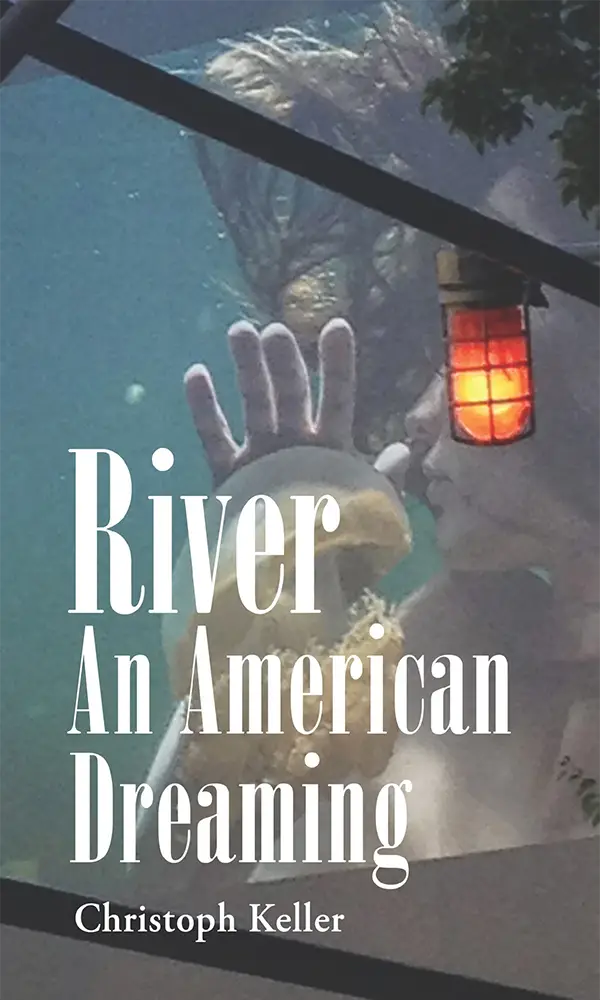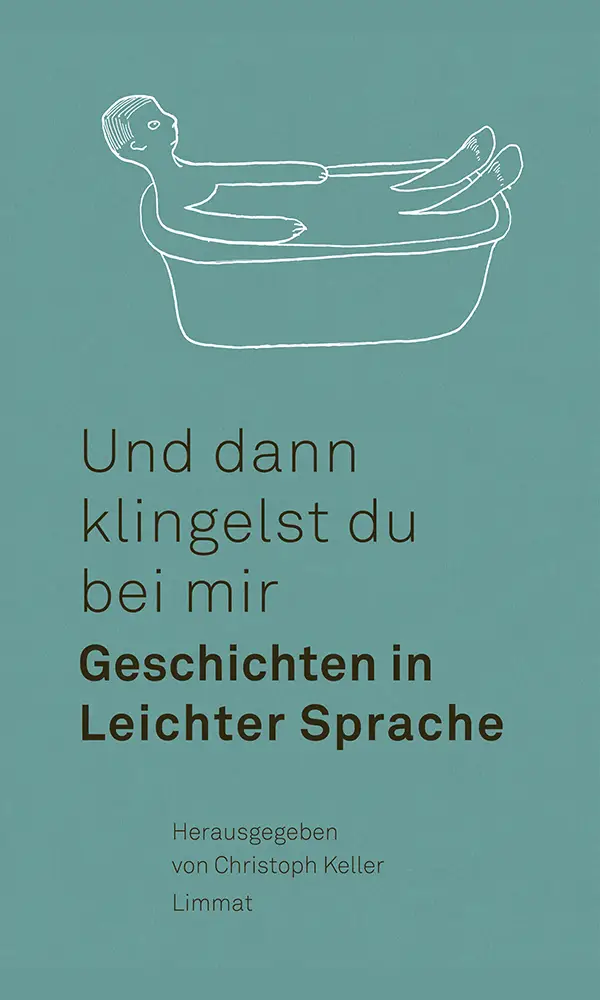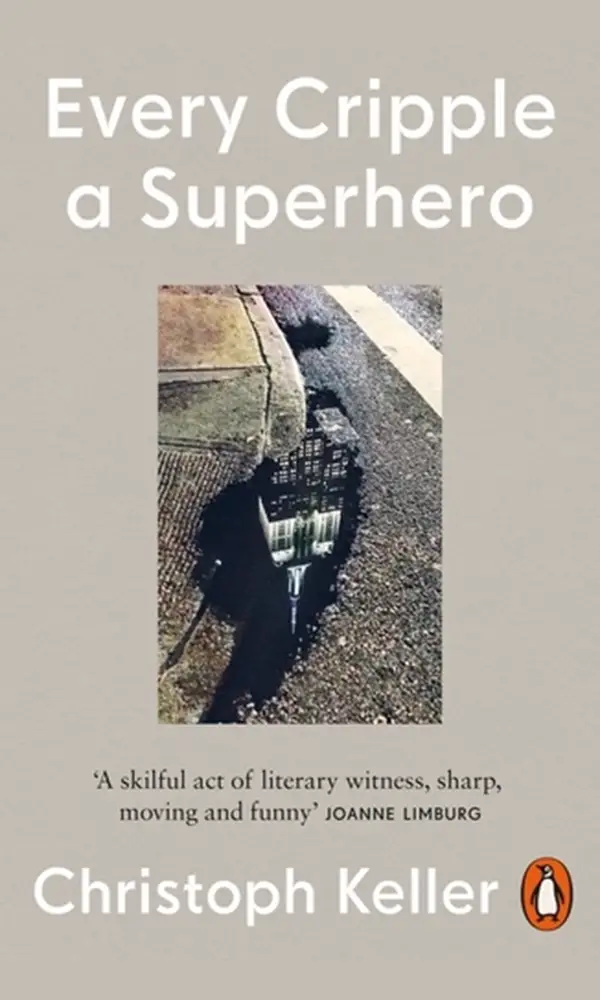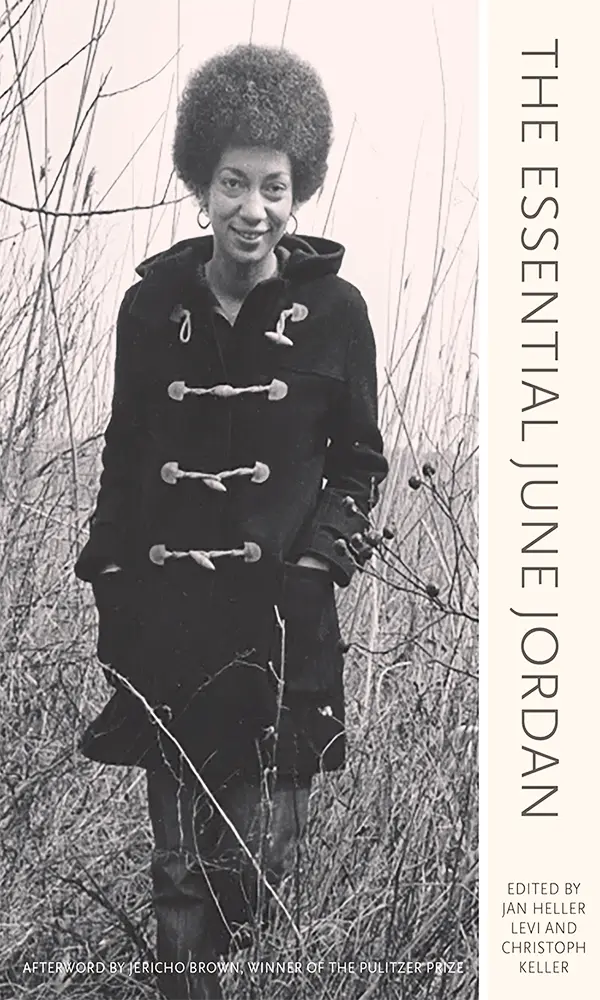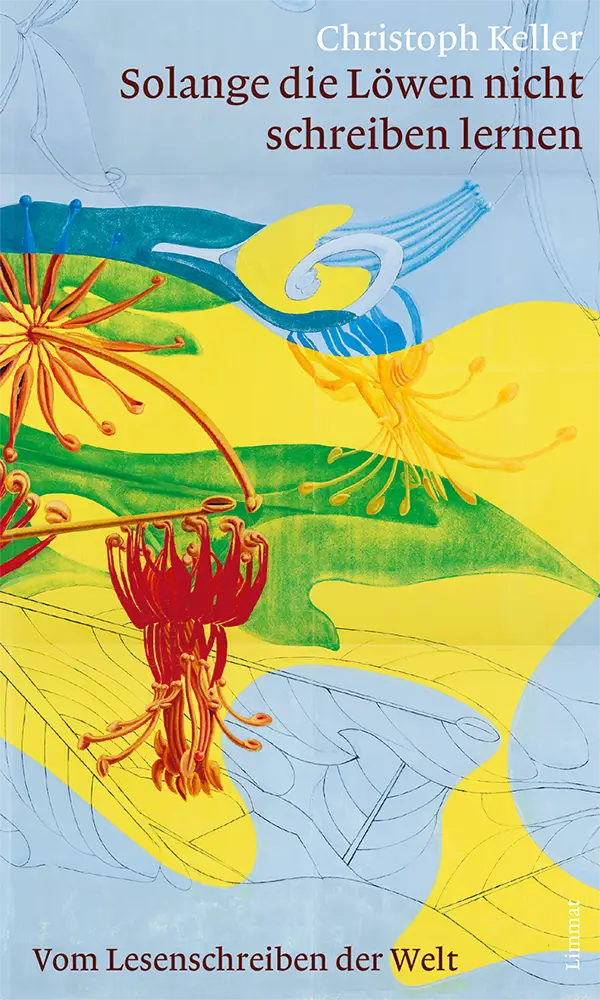Conducted by the author in St. Gallen, after completing his novel RIVER An American Dreaming.
My sweet Lord, why in English?
It was time to end the Great-American-Novel discussion.
You think that’s what you wrote – the Great American novel?
I hope I wrote one of them.
A Swiss boy in New York …
… who didn’t even grow up bilingual. English is not my mother tongue. It’s my wife tongue.
You describe your novel’s journey as a trip from Sapokanikan to Santiniketan.
Nothing beats an alliteration. The Sapokanikan Trail was part of the Lenape hunting grounds – it led through what today is Washington Square Park in Manhattan, where we lived. Santiniketan is the fabled town in West Bengal where Rabindranath Tagore taught. It’s where my publisher is. It’s because of him that I read the Great Indian Novel – Tagore’s Gora.
You finished your novel in St. Gallen, Switzerland. Some journey indeed. Fifteen years in the making, with 500 pages your longest book – involving three continents. But back to the Great American novel. Which one is it for you?
Philipp Roth’s maniac masterpiece Sabbath’s Theater. Don DeLillo’s majestic Underworld. Moby-Dick, of course, but it’s more like a whaling encyclopedia and not much fun to read. Toni Morrison’s Beloved. The Great Gatsby, but it’s too short. Colson Whitehead’s The Underground Railroad.
More female writers?
Grace Paley’s collected short stories, if you read them as a novel. June Jordan’s collected poems, if you read them as a novel. Their Eyes Were Watching God by Zora Neale Hurston. Alice Walker’s The Color Purple. Carson McCullers? The Heart Is a Lonely Hunter.
So again, why did you write River in English?
Because I lived in New York – by that time already for a dozen of years – and because I’m too adventurous to not try to write in my wife tongue. A unique opportunity. It made my German better.
How so?
It made it shorter. More precise. More visual – even though that coincided with my taking up photography seriously.
Elegant distraction. Coco Herbst’s photographs in River are obviously yours.
Obviously. I used her character to channel my photographs, to think about them, to give them a platform.
How would you describe them?
They are the thoughts of the city.
That’s what Kurt says to Coco on the evening they meet.
Yep.
Do you still take pictures?
Rarely. I need New York for that.
No city thoughts in St. Gallen?
I haven’t found a way to show them yet. Or to listen to them.
Is River autobiographical?
It’s a dream I lived in New York. Also the dream of a better U.S.
Spirit H. Llewellyn, the dream president – she does everything right.
The way so many others keep getting it wrong.
So again, Is River autobiographical?
Well, Kurt, the archaeologist in a wheelchair, sports my middle name, my disability – Spinal Muscular Atrophy Type 3, see my books The Best Dancer and Every Cripple a Superhero – and my hunger for adventure. As an alter ego, I also use/abuse him to do all the shit I don’t have the courage for.
What is your relationship to disability in your book?
RIVER doesn’t explain disability – it lives in it. Everybody in it “has something.” Kurt’s body shapes his path, but it doesn’t define his soul. The body is part of the novel’s mythology.
And Coco?
Suffers from beauty. She’s Kurt’s dream wife, warts and all – or they wouldn’t be believable characters. The book is dedicated to the “real Coco,” and that’s my wife of 28 years. As said, the photos are mine. And Harry – to head off that question at the pass – is my dream son. I never really wanted a kid but I’m proud like a dad to have one in River. Even though that’s a sad story.
Don’t give anything away. So River is also a love story?
And a thriller – a mythothriller -, an art satire, a tale of the other, a New York novel …
A Great American novel …
If you insist. A “every cripple is a superhero” story. … I always wanted to write my version of Mikhail Bulgakov’s The Master and Margarita. That’s how close I came. The devil – in the shape of the evil snake Minetta – visits New York, fools around with that society …
You’re not modest.
Modesty kills the writer.
Which myth got the novel started?
I always wanted to know what’s beneath, before and beyond. When I read about the little-known Lenape myth about the evil snake Minetta I wanted to write about it. The Lenape are the people who lived on what is now Manhattan. When there was the Time Without Time, Minetta ruled – by driving everyone mad. Only when the Lenape hero Nanapush conquered the snake and banished her in the shape of a river – Minetta Creek, still flowing under Washington Square Park – peace reigned. Only once in a while, the keeper of Minetta unleashes her …
… to drive everybody mad?
It’s the antidote to human madness.
Crazy.
Exactly.
Why are you so myth-obsessed?
They are our oldest stories. They explain everything. It’s good to live in a myth.
Do you?
Not as much as I wish. There are always bills to be paid.
What was the hardest parts to write?
The perp chapters. The ones written from the perspective of the killer. I got scarily good at it. They frightened me while revising.
Do you think River is fun to read?
I hope so. I had a ball writing it. It’s literary – don’t tell anybody – in language and tone but it’s a fast-paced story that pulls you in and through. That’s the thriller level.
Anything you’re particularly proud of?
That every important character turns out to be someone – or something – else.
Who did you write River for?
For the curious. For soul-searchers. For shapeshifters. For adventurers. For the beach and sofa crowd.
What do you wish for River?
Every book is a message in a bottle. I wish for the novel to travel far, to reach many readers – from Sapokanikan to Santiniketan to Switzerland and Saturn.
Why Saturn?
Because it’s the last stop after St. Gallen.
